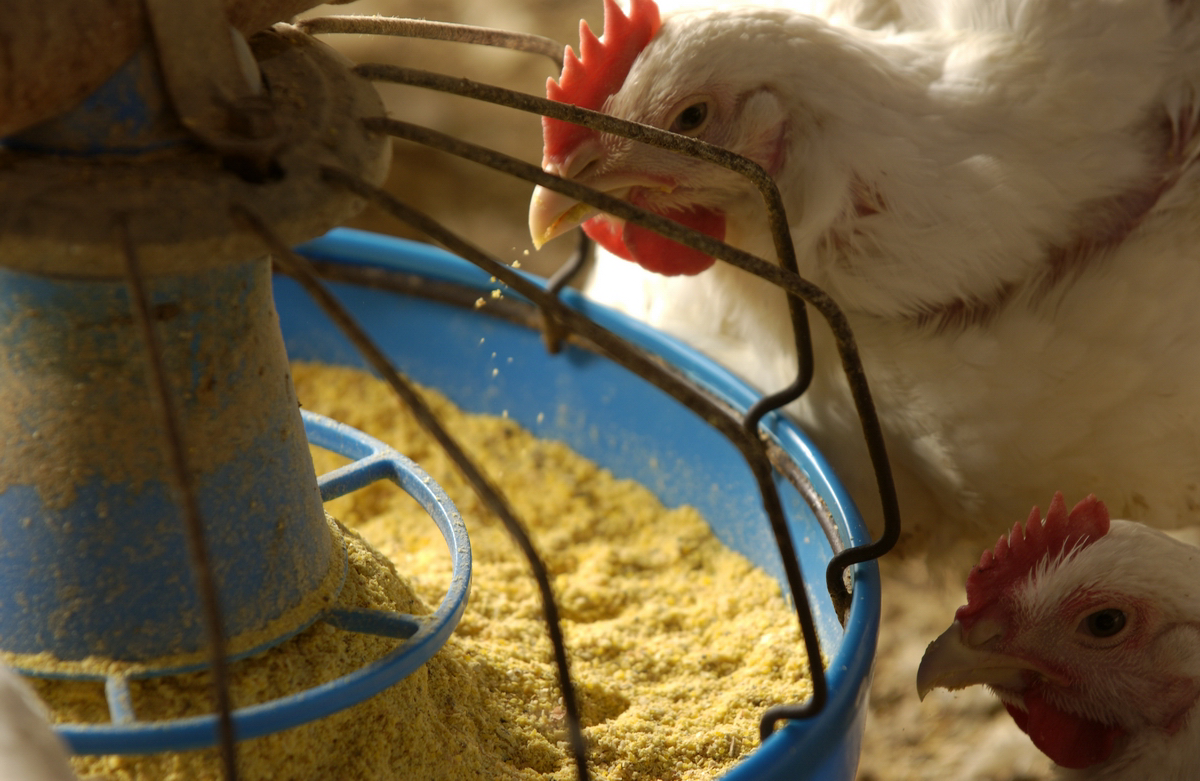Safety of Solanum glaucophyllum as animal feed

Following a request from the European Commission, the Panel on Additives and Products or Substances used in Animal Feed (FEEDAP) was asked to deliver a scientific opinion on the safety of leaves of Solanum glaucophyllum (SG) as feed material.
The scientific opinion should cover, in particular, the content of glycosides of 1,25-dihydroxycholecalciferol in the ground leaves and the supply with and the physiology of vitamin D in the target species. In the view of the EFSA FEEDAP Panel, Solanum glaucophyllum standardised leaves (PAN) was a compound feed. It consisted of a mixture of irradiated Solanum glaucophyllum ground leaves and wheat middlings to ensure a concentration of minimum 10 mg glycosylated 1,25-dihydroxycholecalciferol (1,25(OH)2D3)/kg feedingstuff.
Glycosylation of the vitamin molecule affected biopotency in poultry and rats, but not in ruminants. The species-related differences in biopotency of glycosylated 1,25(OH)2D3 prevented the setting of a universal vitamin D bioequivalence of PAN in terms of international units.
Safe for chickens for fattening and piglets
Based on the limited number of endpoints, up to 1.000 mg PAN/kg complete diet was considered safe for chickens for fattening and piglets, considering the short feeding time of these animal categories under practical conditions. Dietary concentrations of PAN in diets for chicken for fattening not supplemented with vitamin D3, which would meet the animals’ requirement for vitamin D, could not be established. No evidence for an improvement of zootechnical parameters by PAN in diets already supplemented with sufficient quantities of vitamin D3 was provided for chickens for fattening, laying hens and piglets.
Prevention of milk fever
In dairy cows, PAN had the potential to be efficacious in the prevention of milk fever. This conclusion was extended to other dairy ruminants. However, a feeding regime which would ensure the safe use of PAN at efficacious doses in dairy cows (and other dairy ruminants) has not yet been established.
No conclusion could be provided on the safety and efficacy of PAN in diets for other animal species and categories.
Overall safe dose for PAN not identified
A water-soluble extract of SG containing 64.8μg g 1,25(OH)2D3/g was not genotoxic. A no observed adverse effect level (NOAEL) could not be derived from sub-acute toxicity studies in rabbits. A benchmark dose 95% lower confidence limit (BMDL05) based on an increase of plasma calcium in a 28-day repeat dose study in rats was 63.5 mg SG extract/kg body weight (bw) per day, corresponding to 2 900–3 500 mg PAN/kg diet. Maternal toxicity and fetotoxicity were observed in rats and rabbits at all SG extract doses tested. Therefore, from the available toxicological data in laboratory animals an overall safe dose for PAN was not identified.
Use of PAN in animal nutrition safe for consumers
Feeding PAN did not increase the concentration of 1,25(OH)2D3 in animal tissues compared with feed supplementation with vitamin D3. Therefore, the FEEDAP Panel concluded that the use of PAN in animal nutrition is safe for consumers. Inhalation of PAN could be hazardous. PAN was not irritant to skin and eyes and is unlikely to cause skin sensitisation.
No assessment of the environmental impact was necessary for feedingstuffs. Considering the content of 1,25(OH)2D3 in PAN it was concluded that its use in animal nutrition will not pose a risk to the environment.











